Steven E / Sunday May 28, 2023
Welcome to the world of induction cooking! The growing popularity of induction cooktops comes as no surprise. An increasing number of people are transitioning from gas and electric cooktops to induction. But as with any new appliance or gadget, there can be a bit of a learning curve when it comes to cooking. That’s where we come in. In this article, we will be sharing tips and advice on how to navigate the challenges of switching from gas stoves to induction cooking. Whether you’re a seasoned home chef or starting out in the kitchen, we hope that our insights will help you make the most out of your new cooktop or range!
How Induction Cooking Works
Before we discuss the challenges and benefits of induction cooking, let’s first take a quick look at how this technology works. Induction cooking uses magnetic fields to generate heat directly into the cookware. This means that the surface of an induction cooktop stays cool to the touch. Cool surfaces make them safer and more energy-efficient than traditional gas stoves. Plus, since heat is generated in the cookware itself, you have more control over the temperature, enabling more precise cooking results.
Induction cooktops have a copper coil beneath the glass surface. The coils produce an electromagnetic field when an alternating current passes through it. When you place a compatible piece of cookware, such as iron or stainless steel, on top of the cooktop, the magnetic field induces electrical currents within the cookware itself. These currents generate heat in the metal of the cookware. The heat then transfers to the food inside.
One of the benefits of this technology is that it heats up much faster than gas stoves or traditional electric ranges. Because heat is generated directly in the cookware, there’s no need to wait for a burner to heat up before you start cooking. Your pan will be hot and ready to go almost instantly. Additionally, because there’s no open flame or exposed heating element, induction cooking is generally considered safer than gas stoves. They are also less likely to cause accidental burns or fires.
Induction Cooktop vs Gas: What’s the Difference?
Cooking on a gas stove and an induction cooktop are two very different experiences. If you are used to cooking on a gas stove, it may take some time to get used to cooking on an induction cooktop. Here are some of the major differences you can expect when making the switch:
Heat Source
The most obvious difference between cooking on a gas stove and induction cooktops is the heat source. Natural gas stoves use an open flame. Induction cooktops use electromagnetic technology to heat up the cookware directly. This means that there is no flame or visible heat source with induction cooking. The heat is generated in the cookware itself, which makes it a more energy-efficient way to cook.
Cookware Compatibility
Another major difference is the type of cookware that can be used. Gas burners can use almost any type of cookware, including aluminum and copper. Induction cooktops, on the other hand, need cookware that’s made from magnetic materials such as cast iron and stainless steel. If you have a lot of non-magnetic cookware, you may need to buy new pots and pans when making the switch.
Safety Features
Induction cooktops have several safety features that gas cooktops do not. Because there is no open flame, there is less risk of a fire or gas leak. Induction cooktops also have automatic shut-off features that turn off the heat if the cookware is removed, or if the cooktop has been on for too long.
Precise Temperature Control
One of the biggest advantages of induction cooking is its precise temperature control. With an induction cooktop, you can adjust the temperature to the exact degree that you need. This makes it a favorite among professional chefs and home cooks alike.
Induction cooktops heat up and respond instantly to changes in temperature. That means you can cook your food exactly the way you want it. This is especially useful when cooking delicate dishes that need precise temperature control. Sauces, custards, and soufflés are prime examples of this.
Induction cooktops also have a wider range of temperature control than gas stoves. Wider ranges mean you can cook at lower temperatures easily. This is especially useful when making dishes that need gentle cooking, such as melting chocolate or simmering sauces.
If you are looking for precise temperature controls, induction cooking is worth considering. With its fast and responsive heat source, wider range of temperature control, and consistent heat output, it is an ideal cooking method for those who demand precision in their cooking.
Choosing the Right Cookware for Induction Cooking
When it comes to induction ranges, not all cookware is created equal. Because induction technology relies on magnetic fields to generate heat, you’ll need to use pots and pans made from materials that are magnetic. Here are some tips for choosing the right cookware for your induction cooktop:
- Look for cookware with a flat bottom that sits evenly on the surface of the cooktop. This will help ensure that heat distributes across the bottom of the pan.
- Check to see if your existing cookware is compatible with induction cooking by holding a magnet to the bottom of each pot or pan. If the magnet sticks, then it’s safe to use on an induction cooktop.
- If you need to invest in new cookware, consider purchasing a set specifically designed for use with induction cooking. These sets will include pots and pans made from magnetic materials.
Safety Considerations for Induction Cooking
While induction cooking is generally considered safe and efficient, there are still some important safety considerations to keep in mind. Here are some tips to help ensure that you stay safe while cooking:
- Always use cookware that is compatible with your induction cooktop. Using the wrong type of cookware can cause damage to the cooktop.
- When cooking, be sure to keep a close eye on your pots and pans at all times. Because the heat is generated directly in the cookware itself, it’s easy to accidentally leave a pot or pan on high heat for too long without realizing it.
- Keep children and pets away from your induction cooktop while it’s in use. The surface of an induction cooktop stays cool while cooking, but food or boiling water can still get hot enough to burn if touched.
- When cleaning induction cooktops, be sure to follow the manufacturer’s instructions carefully. Avoid using abrasive cleaners or scrubbers. These can scratch the surface of the appliance.
Keep these safety considerations in mind and follow the best practices for using your induction cooktop. Keeping safe ensures you can enjoy all the benefits of this innovative technology without putting yourself or others at risk.
Conclusion
We hope that this guide has been helpful in providing you with a better understanding of induction cooking technology and how to make the most of induction cooktops. By following these tips and best practices, you can enjoy faster, more efficient cooking while also keeping safety in mind.
If you’re still experiencing issues with your induction cooktop or need help troubleshooting a problem, don’t hesitate to reach out to us at AppliancePartsPros.com. In addition to our customer service support, we also carry a comprehensive selection of appliance parts for all major brands and models. Whether you need replacement parts for your induction cooktop or any other appliance in your home, we have everything you need to tackle the job yourself with confidence!
With nearly a decade of experience in providing top-notch customer service regarding appliance parts and repair, Steven enjoys sharing practical advice, troubleshooting tips, and interesting information to help readers stay informed.

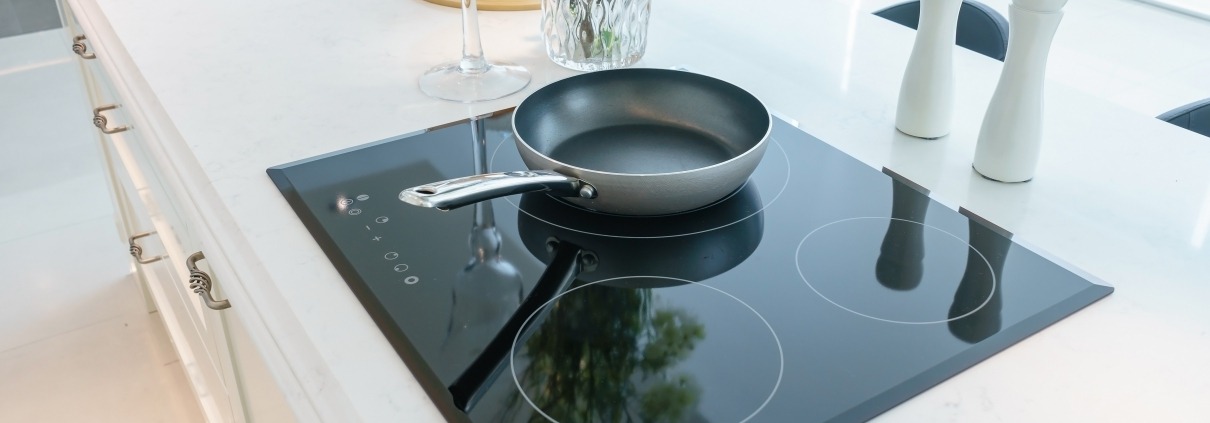

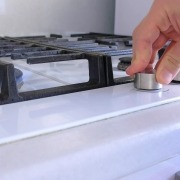
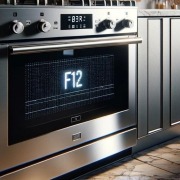


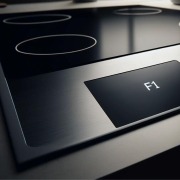
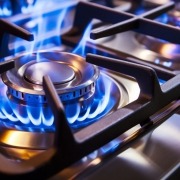
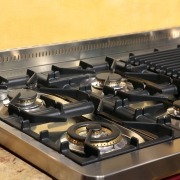
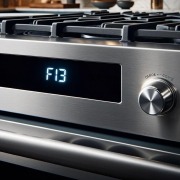
Leave a Reply
Want to join the discussion?Feel free to contribute!